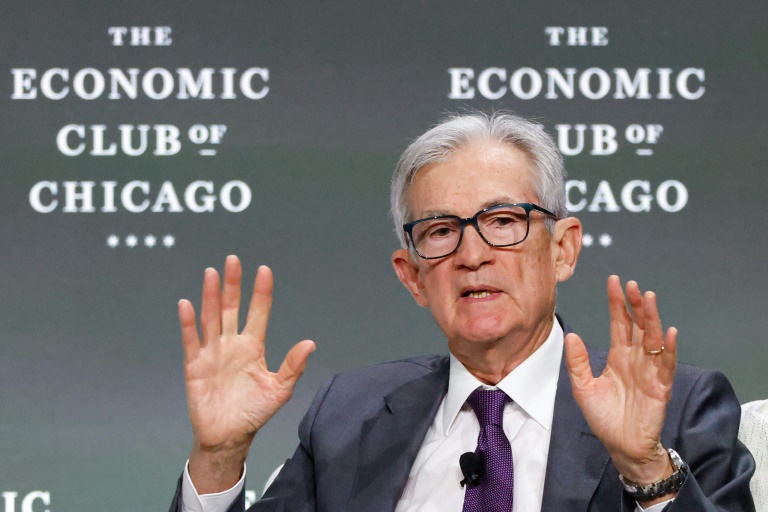The second half of 2025 is set to see a battle emerge in Australia as TV brands go head-to-head with new display technology and AI, with South Korean TV Companies using OLED as a buffer in the premium market up against surging demand for mini-LED TVs. On one side will be OLED and quantum dot while Chinese brands will be pushing Mini LED especially for larger TV’s where they are already stripping share especially in the over 75′′ TV market. Back in 2024, mini-LEDs accounted for just 3% of the global TV market.
Until 2022, Samsung held the lions share in mini-LED TV production based on shipments, but China’s TCL and Hisense Group have made major progress since 2023, according to Counterpoint Research. This was due to a Chinese Government subsidy program that boosted sales of TCL and Hisense TVs resulting is these Chinese brands surpassing Samsung for the first time in 2024, with their respective market shares reaching 25%, 24% and 20%. Today Mini-LED TV prices are falling, and this could play out in Australia in the second half of the year.

A 98-inch model went for $3,374 in October-December 2024, 49% cheaper than in October-December 2022. While traditional LCD TVs made up 94%, mini-LEDs are growing year by year and now account for as much of the market as OLED TV’s which the South Korean manufacturers LG and Samsung are now pushing to support their OLED investment in OLED factories. A key element will be volume, and it will not be based on the amount of TV sold in Australia, but more so China and their appliance replacement subsidies that the Chinese Government are handing out to brands such as Hisense and TCL according to analysts.
The more volume the cheaper a product becomes claim Counterpoint and this benefits Australian consumers. TCL’s 115′′ Premium QD-Mini LED TV The number of mini-LED TVs shipped in China in the October-December quarter soared 130% from July-September to 2.02 million units, far ahead of the 320,000 units shipped in the USA or 30,000 in Japan, with mini LED accounting for 65% of the world total as of this month.
The surge is due to the recent Chinese government subsidy aimed at stimulating in Country growth ahead of Trump tariffs. With the country’s economy in a prolonged slump due to the sluggish real estate market, policymakers launched a consumption stimulus policy in 2024 offering shoppers subsidies when replacing home appliances and TV’s claims Nikki Asia. The subsidy covers 15%-20% of the sale price, which means more expensive TVs receive bigger subsidies, leading to a rapid increase in mini-LED purchases.
Samsung’s new OLED 2025 TV sales surging Mini light emitting diode TVs feature a liquid crystal display illuminated with a backlight that contains LEDs much smaller and more numerous than traditional LCDs, resulting in televisions with greater brightness and contrast. Full-scale sales began in 2021. The global average price for a 55-inch mini-LED TV as of 2024 was $901, about halfway between LCD at $501 and OLED at $1,317.
In Australia sales of larger TVs in the 85- to 100-inch range are especially strong which is similar to what is happening in the China market. As shipments of large TVs rise, some parts will be in short supply. Demand for film applied to the surface of panels to reduce glare and reflections has gone up four- to fivefold in price.
Another reason mini-LED TVs in particular are selling so well in China is that there are no major Chinese panel manufacturers manufacturing OLED for TV’s though this could change. “It is technically difficult and expensive for Companies trying to enter OLED panel production,” a TV market source said. China, which is why mini-LED TVs are being pushed as being “as good as OLED and cheaper to manufacture.
“Mini LED prices are likely to fall, especially for large sizes,” said Yoshio Tamura, Counterpoint’s vice president of research..
Technology

Second Half TV War Looms As Demand For mini LED TVs Soar

The second half of 2025 is set to see a battle emerge in Australia as TV brands go head-to-head with new display technology and AI, with South Korean TV Companies using OLED as a buffer in the premium market up against surging demand for mini-LED TVs. On one side will be OLED and quantum dot... Read More















